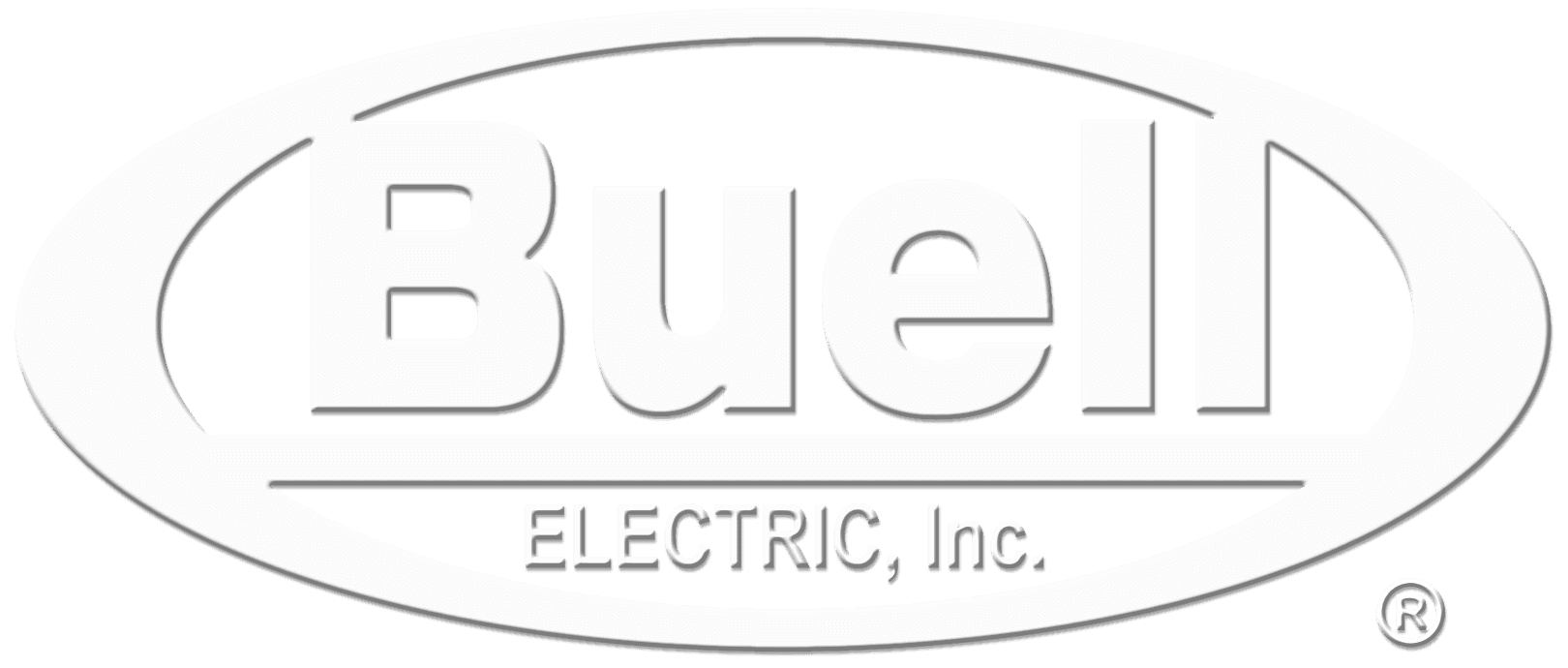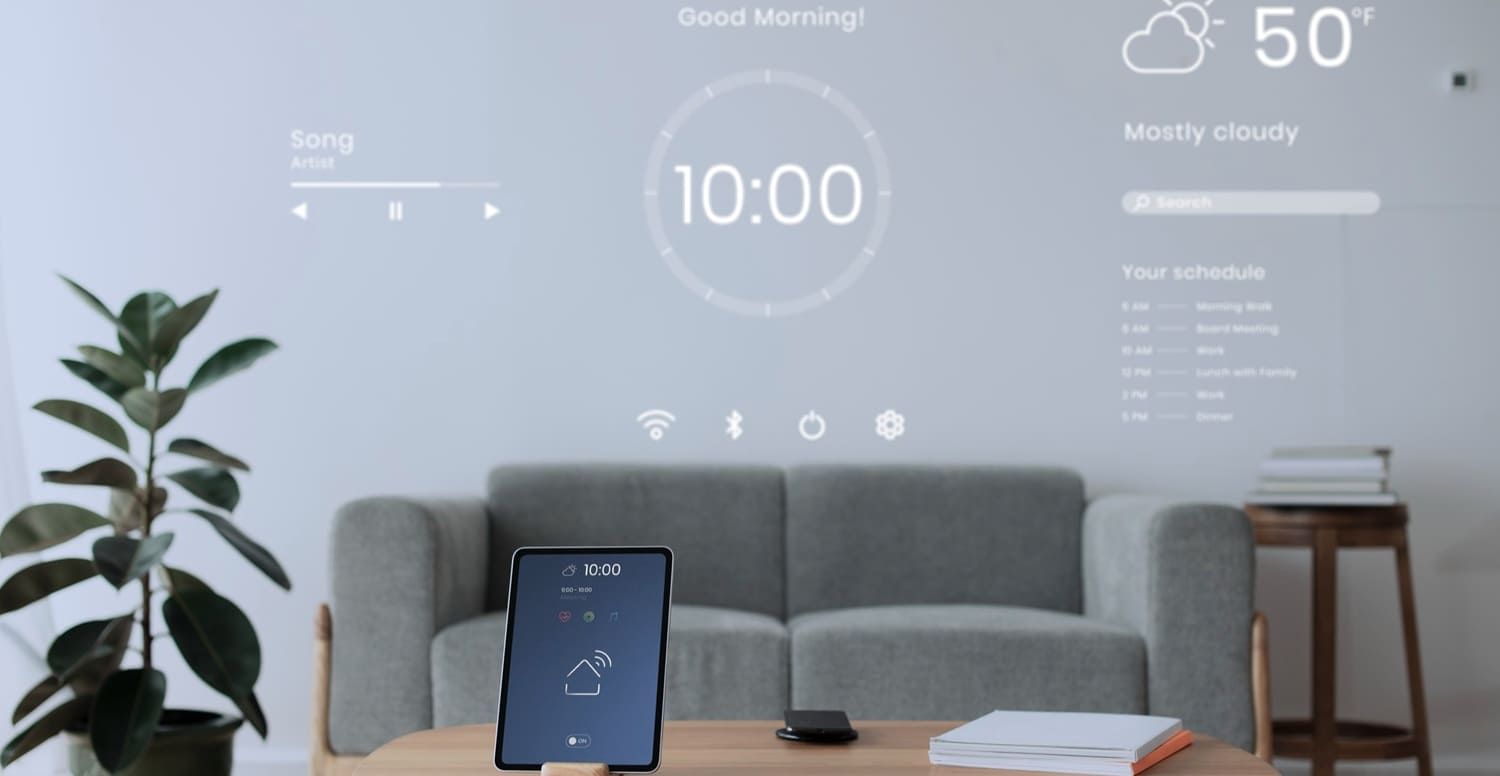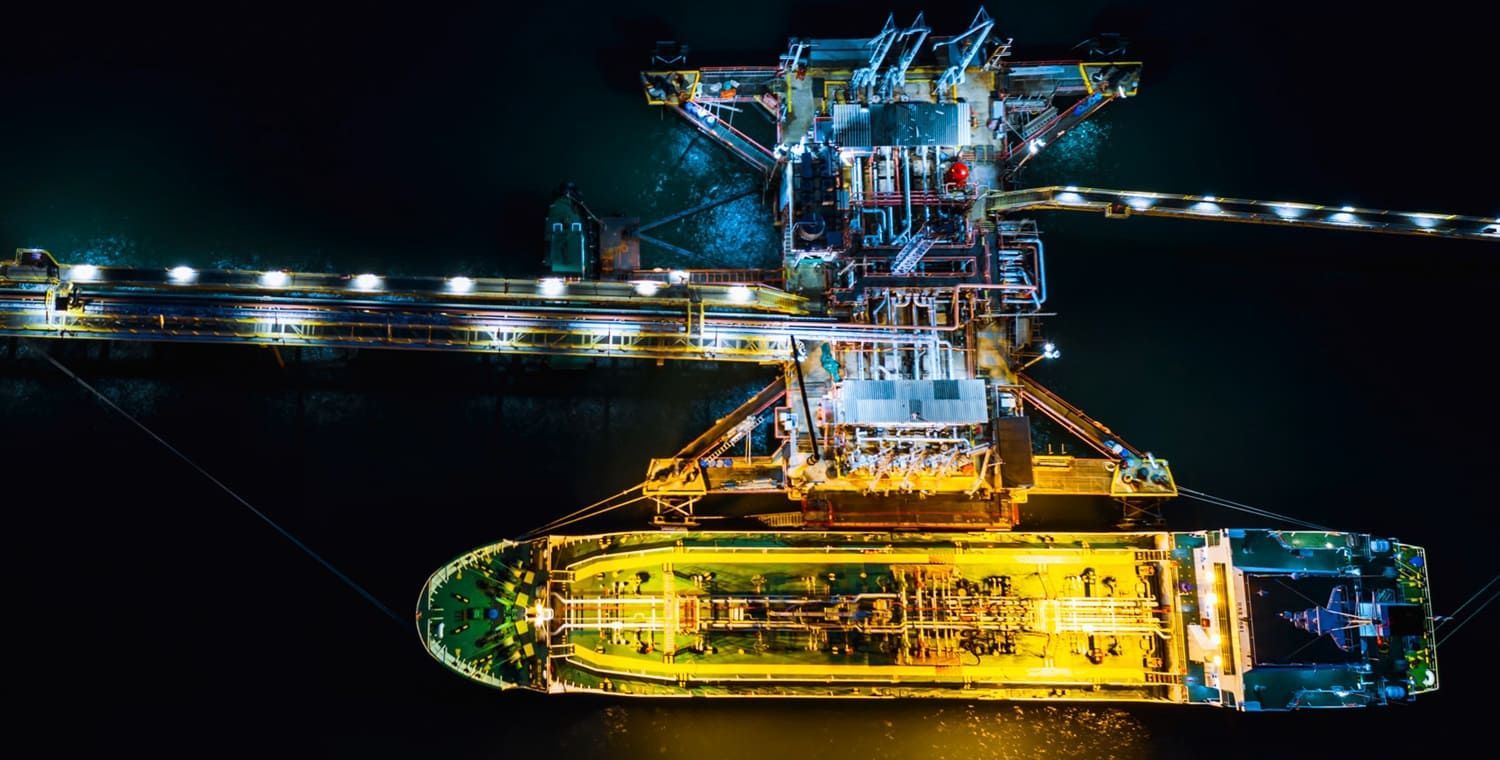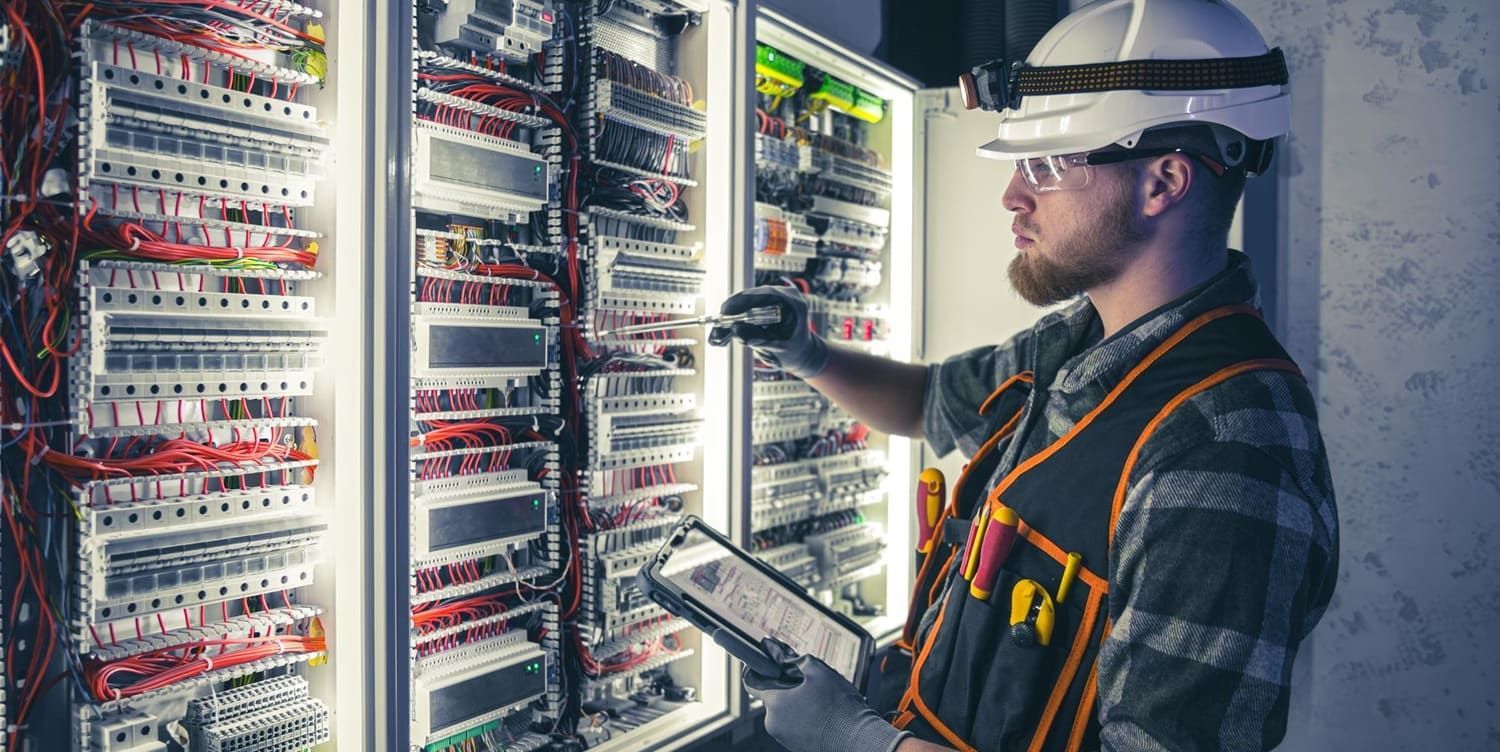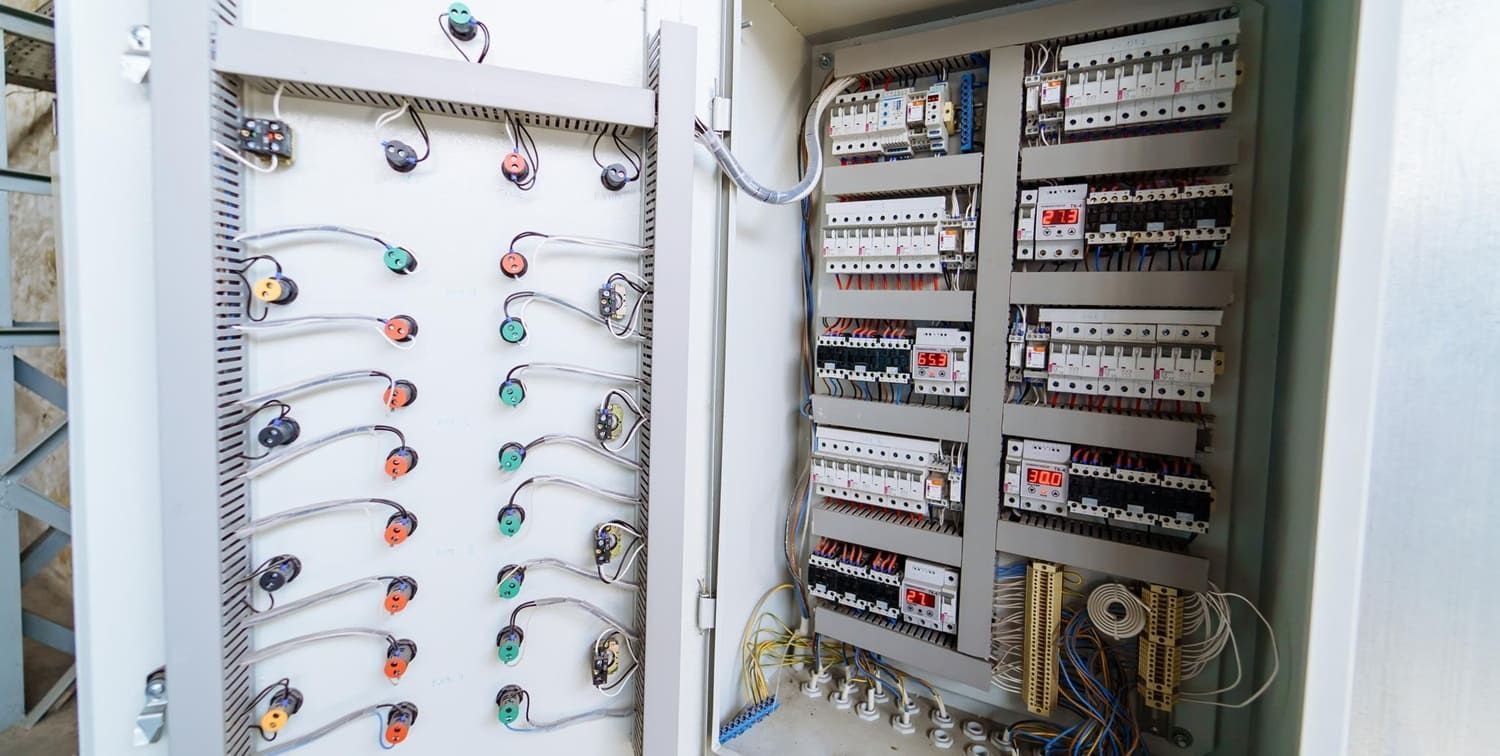LED Light Benefits: 7 Reasons to Install Energy Efficient Lighting in Your Home
What are the top LED light benefits? Will installing LED lights save you money? Take a look at these reasons to install energy efficient lighting in your home.

If you haven't switched over to LED lights yet, the time is now. They offer a lot of advantages over more traditional lightbulbs that you may not have considered. By the end of this article, you'll be wondering why you didn't make the change sooner.
Here are seven LED light benefits that'll convince you to make the switch.
1. They're More Energy Efficient
LED lights are one of the best choices for the environmentally conscious.
A good LED light uses 75% less energy than standard incandescent lightbulbs use. This number might even increase if you use an ENERGY STAR rated product. A product with an ENERGY STAR sticker means that it's been approved by the government as a great way to save on energy.
It's said that if enough people switch to LEDs by 2027, we could save around 44 electric power plants worth of electricity. That equals savings of about $30-billion.
Considering this, LED lights are a great way to save money and save the environment. LEDs also burn a lot cooler than other light bulbs. They won't add to the heat of a room, meaning you get to save on air conditioning costs as well!
2. They Last Longer
LED lights are one of the most long-lasting options on the market.
A typical LED light will last you 11,000 hours. That's around 10 times longer than a typical incandescent lightbulb. This makes LED lights ideal for hard-to-reach fixtures, as you won't need to struggle to replace them very often.
Some people believe LED lights can last up to 10 years, but that may be a stretch. If you use the light on a dimmer, you can considerably lengthen the lifespan of your bulb, though.
On top of that, LED lights are easier to replace once they do go out. They don't run as hot, meaning you can twist them out of the fixture sooner than a halogen bulb. You don't need to worry about getting burned!
3. They're Environmentally Friendly
Beyond being energy efficient, LED lights have a few other great environmental benefits.
LED lights don't contain any mercury, and they emit considerably less CO2 than incandescent bulbs. They also don't emit harmful UV rays. That means even if an LED light breaks, it won't cause any harm to the environment.
4. They're Fast
LED lights are one of the fastest switching bulb types out there.
An LED light reaches full brightness the instant you turn it on. This makes LED lights the perfect choice for traffic signs, and anything that blinks on and off. An LED light won't suffer from any flickering or fading over time.
Other light bulbs suffer from warm-up periods. You might not see 100% of the light for a few seconds, or even longer if the bulb is older. To make things even better, your LED lights won't degrade or slow down with frequent use.
LEDs are a top choice for Christmas lights for this reason, and for energy savings. A 2008 study showed that Christmas lights used 6.6-billion kWh of electricity every year in the US alone.
To put that into perspective, you could power all of El Salvador using that much electricity. That's a huge amount, but it can be reduced greatly by switching over to LED.
5. They're More Durable
It doesn't get much more durable than an LED light.
LED lights don't use any glass components, meaning there's a lot less that can shatter. They'll hold up to heavy vibration and can live through minor falls. This makes them ideal for workplaces, earthquake-prone areas, and sports centers.
LED lights are also shock and weather resistant. You can install them outside and expect them to keep running through a rain or snowstorm. They won't lose any of their light output, and they won't succumb to damage.
6. They're Very Bright
Some people believe LED lights are less bright than the competition, but that simply isn't true.
LED lights are very capable of shining bright even though they run at a lower wattage. Instead of using wattage to determine brightness, you should look to lumens.
A 40-watt incandescent bulb will get you about 450 lumens of brightness. You can get the same amount of lumens out of a 6 to 9-watt LED lightbulb. Considering this, a 40-watt LED lightbulb will shine way brighter than a 40-watt incandescent.
LED lights also show off the color of the surrounding area a lot better than other lightbulbs. This is because they have a high CRI rating, otherwise known as the Color Rendering Index. The light emitted is much softer and whiter, highlighting color rather than distorting it in a yellow glow.
If you want to show off the color scheme of your living room design, go LED lights.
7. They Dim Better
LED lights can run at just about any percentage of their power.
Other light bulbs struggle to do this. If you try to dimmer an incandescent bulb, it'll just turn off at some point. With an LED, you can dim the light down to as low as 1% and still use it.
If you're the kind of person who likes to set the mood, you should get LED bulbs. Dimming bulbs also lets you save even further on energy and lifespan. A dimmed light will last much longer than a light running at 100% all the time.
Reap the LED Light Benefits
There are too many LED light benefits to ignore. If you're looking for even one of the benefits listed above, make the switch over to LED lights. You'll feel great about it as you see your energy bill fall over the next few months.
If you're looking for an energy-efficient lighting solution in Florida, see what we can do for you. Contact Buell Electric with any comments or questions. We'd be happy to help you.


